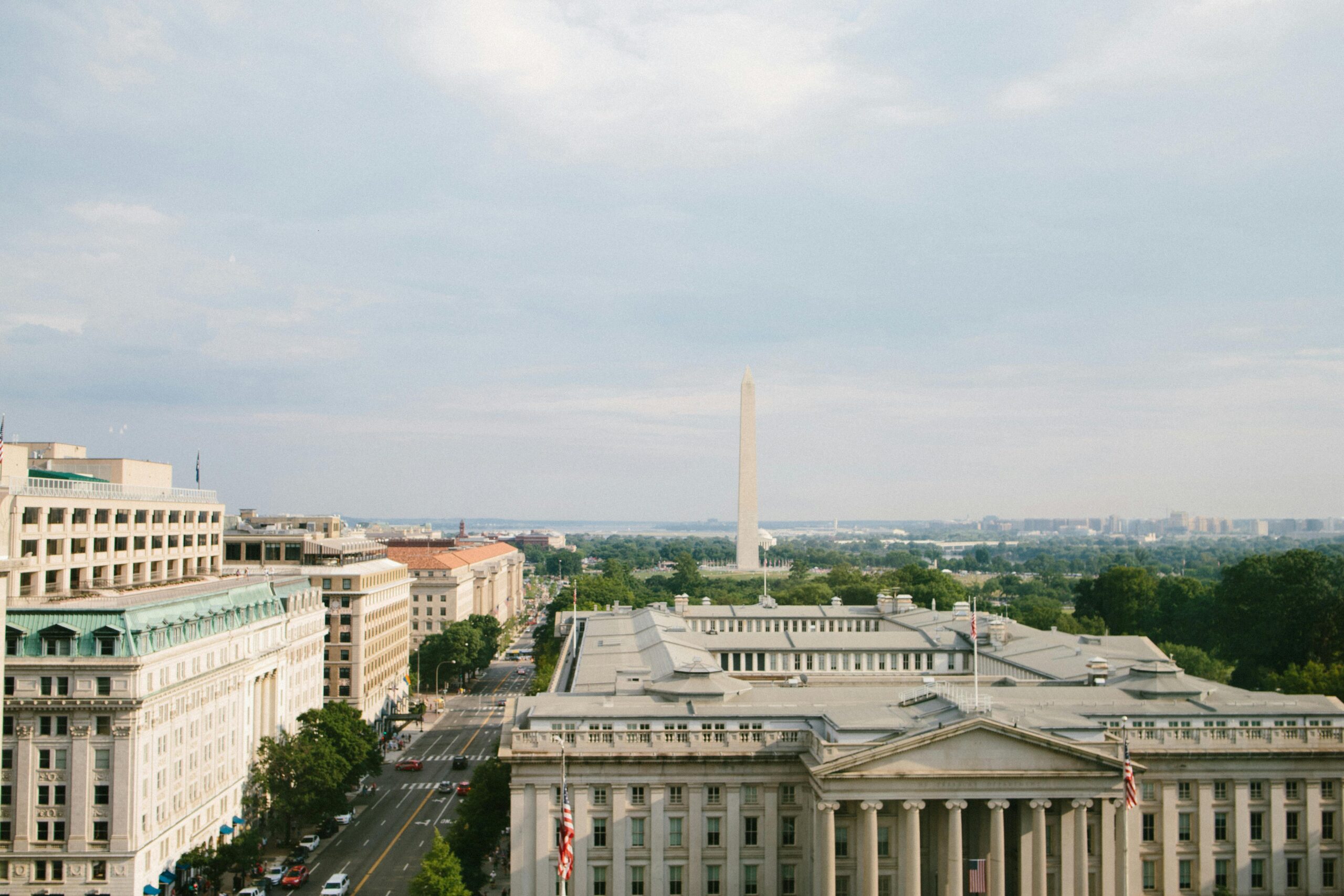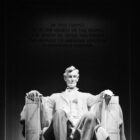A Look Back at U.S. Presidential Elections Won Without the Popular Vote
The United States employs the Electoral College system to elect its president, where each state’s electoral votes are determined by its population. While this system has its defenders, it has also led to several instances where candidates have ascended to the presidency without winning the popular vote, raising questions about the fairness and representation in American democracy.
John Quincy Adams (1824)
- Candidates: John Quincy Adams, Andrew Jackson, William H. Crawford, and Henry Clay.
- Popular Vote: Andrew Jackson received 41% of the popular vote, while Adams received 31%.
- Electoral College: Jackson led in electoral votes but failed to secure the majority needed (132 of 261).
- Outcome: The election was decided by the House of Representatives, where Adams was elected after a deal with Henry Clay, who became his Secretary of State. This election underscored the complexities and potential for political maneuvering within the system.
Rutherford B. Hayes (1876)
- Candidates: Rutherford B. Hayes and Samuel J. Tilden.
- Popular Vote: Tilden won with about 51% of the popular vote compared to Hayes’s 47%.
- Electoral College: The results were contested in several states, with Hayes ultimately receiving 185 electoral votes to Tilden’s 184 after a special commission decided the outcome.
- Outcome: The Compromise of 1877 resolved the impasse, leading to Hayes’s presidency in exchange for the withdrawal of federal troops from the South, effectively ending Reconstruction. This election highlighted deep national divisions and set the stage for systemic changes in electoral politics.
Benjamin Harrison (1888)
- Candidates: Benjamin Harrison and Grover Cleveland.
- Popular Vote: Cleveland garnered about 48.5% of the vote, while Harrison received 47.8%.
- Electoral College: Harrison won decisively with 233 electoral votes to Cleveland’s 168.
- Outcome: Harrison’s victory demonstrated the importance of swing states and regional voting patterns, as he secured key states like Indiana, his home state. The election exemplified how electoral strategies can overshadow the popular vote.
George W. Bush (2000)
- Candidates: George W. Bush and Al Gore.
- Popular Vote: Gore received about 50.9% of the popular vote compared to Bush’s 47.9%.
- Electoral College: Bush won 271 electoral votes to Gore’s 266, with Florida’s 25 electoral votes being the decisive factor.
- Outcome: The election was marred by controversy over ballot design and recounts, culminating in the Supreme Court case Bush v. Gore, which effectively halted the Florida recount. This decision drew significant criticism and raised questions about electoral integrity and the role of the judiciary
Donald Trump (2016)
- Candidates: Donald Trump and Hillary Clinton.
- Popular Vote: Clinton won approximately 65.8 million votes (48.2%) to Trump’s 62.9 million (46.1%).
- Electoral College: Trump secured 304 electoral votes to Clinton’s 227.
- Outcome: Trump’s strategy focused on winning key swing states like Pennsylvania, Wisconsin, and Michigan, which he flipped from Democratic to Republican. This election underscored the growing polarization in U.S. politics and raised debates about the role of misinformation and voter turnout.
The instances where candidates have won the presidency without the popular vote highlight the complexities and challenges of the Electoral College system. These elections have sparked ongoing discussions about electoral reform and the representation of the American electorate.
As we reflect on these historical precedents, it is essential for citizens to engage with the electoral process, advocate for reforms, and participate in shaping the future of American democracy.

Inauguration Day Traditions for Families Visiting D.C.

What It Takes to Plan an Inauguration: A Look Behind the Curtain
Newsletter signup
Sign Up To Be Notified Of Inauguration Ticket News And Special Offers! We’ll keep you updated with the most recent news regarding the Inaugural Parade, Swearing in Ceremony, and Inaugural Balls by joining our newsletter below.





